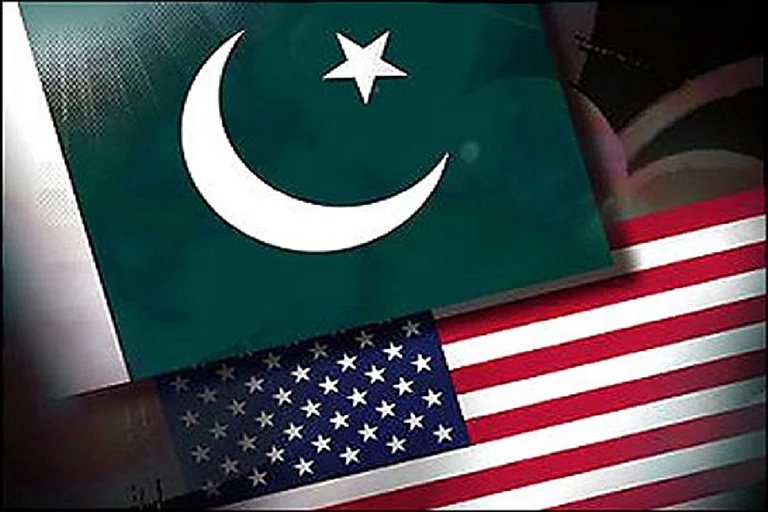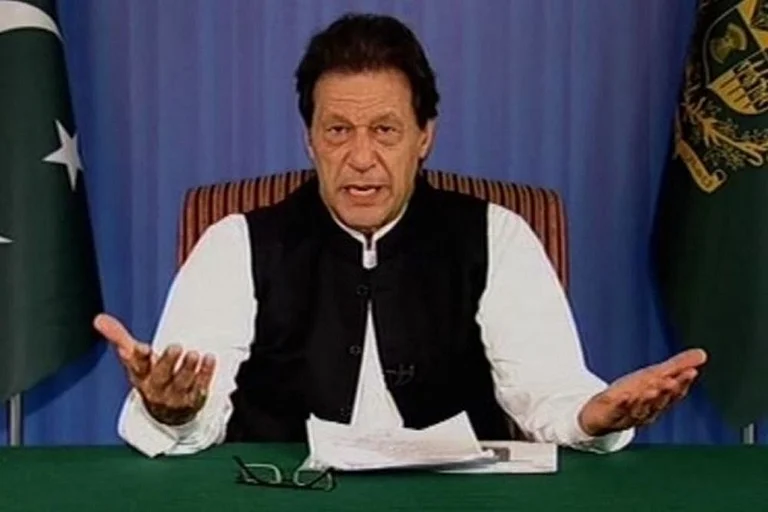Former Pakistani President Parvez Musharraf died on Sunday at a hospital in Dubai. He was 79 and had been in poor health since last year.
General Parvez Musharraf was Pakistan's last military ruler who came to power in a bloodless coup in 1999 after overthrowing Nawaz Sharif's government. Within 10 years, however, Musharraf was in exile after civilian democracy returned to power and he had to step down.
In his long public life, Musharraf did not just fight a war with India but also within his country as he faced multiple assassination attempts and was embroiled in a political crisis towards the end of his reign.
The rise of Parvez Musharraf
General Parvez Musharraf was born in a middle-class family of Urdu-speaking Mohajir parents in Delhi in 1943. He migrated to Pakistan with his family after the Partition in 1947.
Musharraf joined the Pakistan Army in 1964 and became the Pakistani Army chief in 1998. Ironically, the then Prime Minister Nawaz Sharif had superceded several senior officers to appoint Musharraf as Army chief. A year later, Sharif's appointee overthrew him after the Kargil War and assumed the role of Pakistan's Chief Executive. Sharif had to go into exile.
Musharraf is believed to be the architect of the Kargil War of 1999. Under US pressure, Sharif ordered Musharraf to pull soldiers out of the conflict.
Musharraf's coup was subsequently validated by Pakistan's Supreme Court in 2000. He assumed the post of President of Pakistan in 2001 and wore the dual-hats of Army cheif and President.
Musharraf's presidential tenure
The United States and also the world at large was shaken in 2001 —the year Musharraf took up the role of President— by the 9/11 terror attacks.
US President George W Bush announced the War on Terror on Islamist terrorism and the US-led forces invaded Afghanistan. Pakistan and Mushraff came under pressure as the country had long harboured Islamists and had influence in the Islamist hotspot of Afghanistan.
Musharraf allied with America in the war against terror after the 9/11 attacks on the US and cracked down on Islamist groups and banned dozens of radical outfits, a move that angered radicals. He even escaped assassination attempts in later years.
In 2002, Musharraf won controversial national referendum to continue as President for a five-year term.
During his tenure, Pakistan saw some structural reforms - ranging from the economic and social sectors to administrative and political restructuring.
Musharraf visited India for the failed Agra summit in 2001 and made two more visits in 2005 as President to watch an India-Pakistan One-day Cricket match and in 2009 to attend a media event after shedding power.
Authors Adrian Levy and Cathy Scott-Clark in their book Spy Stories: Inside the Secret World of the RAW and the ISI wrote that Musharraf after realising the US pressure sought to steer Pakistan into a "controlled democracy" and clamped down on sectarian communalism.
They wrote, "The country needed a 'drastic course-correction' and there could be no more back-room manoeuvring, he told us. Instead, a 'controlled democracy' had to flourish. He called for a fresh strategic outlook, including, unusually, peace with India...Musharraf also tasked the I.S.I. with ending communalism – the wars between Islamic sects – and asked his staff to think about what kind of democracy Pakistan might become. In the frankest terms, the
briefs explored whether the nation could become more like Thailand, or Singapore, where the military dropped their uniforms to sit in parliaments rather than invisibly puppeteering democracy."
Musharraf also survived multiple assassination attempts for his crackdown on Islamists and support to the US-led War on Terror. Al Qaeda is generally blamed for the attempts on his life.
The fall of Musharraf
The following is the timeline for the downfall of Musharraf:
In 2007, the Pakistani parliament elected Musharraf for a five-year presidential term. The same year, former Pakistan premier and Pakistan People's Party leader Benazir Bhutto returns from exile.
In November 2007, Musharraf imposed state of emergency and suspended Constitution. Judges of the Supreme Court, who were set to rule on the legality of his election, were sacked. The same month, Nawaz Sharif who Musharraf overthrew also returned from exile. Within days, Musharraf under domestic and international pressure stepped down as Army chief and became a civilian President.
In December,Benazir Bhutto assassinated during an election rally.
In February 2008, landmark general elections brought Musharraf opponents Pakistan People's Party and Pakistan Muslim League-Nawaz to power. Following their rise to power, the PPP and PML-N announced that they would seek Musharraf's impeachment in Parliament. In August, Musharraf announced his resignation. He soon went into exile, marking the end of his momentous years in public life.
Musharraf's life in exile
In 2010, Musharraf formed his own party, the All Pakistan Muslim League and declared himself the party president. He voiced his opinion of actively taking part in Pakistan’s politics sometime in the future.
Musharraf returned to Pakistan in March 2013 to contest polls after living in self-exile for about five years but was hauled to court in different cases - including the 2007 assassination of former premier Benazir Bhutto, treason under article 6 of Pakistan Constitution and murder of Bugti tribe chief Nawab Akbar Khan Bugti.
In 2019, Musharraf was sentenced to death in absentia by a special court which found him guilty of high treason, for imposing a state of emergency on November 3, 2007, by keeping the country's constitution in abeyance. The judgement angered the country's powerful Army which has ruled over Pakistan for most of the period since its existence. It was the first time a former top military official had faced such a sentence for treason in Pakistan. The death sentence was later annulled by the Lahore High Court.
Musharraf, who was living in Dubai since March 2016, was also declared a fugitive in the Benazir Bhutto murder case and Red Mosque cleric killing case.
Musharraf died on Sunday after prolonged illness. He was suffering from amyloidosis, a rare disease caused by a build-up of an abnormal protein called amyloid in organs and tissues throughout the body, The Express Tribune reported. Geo News reported Musharraf was undergoing treatment at American Hospital Dubai.
(With PTI inputs)


























